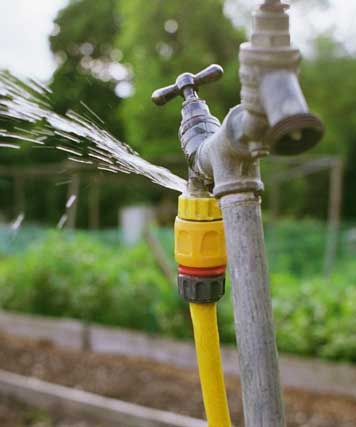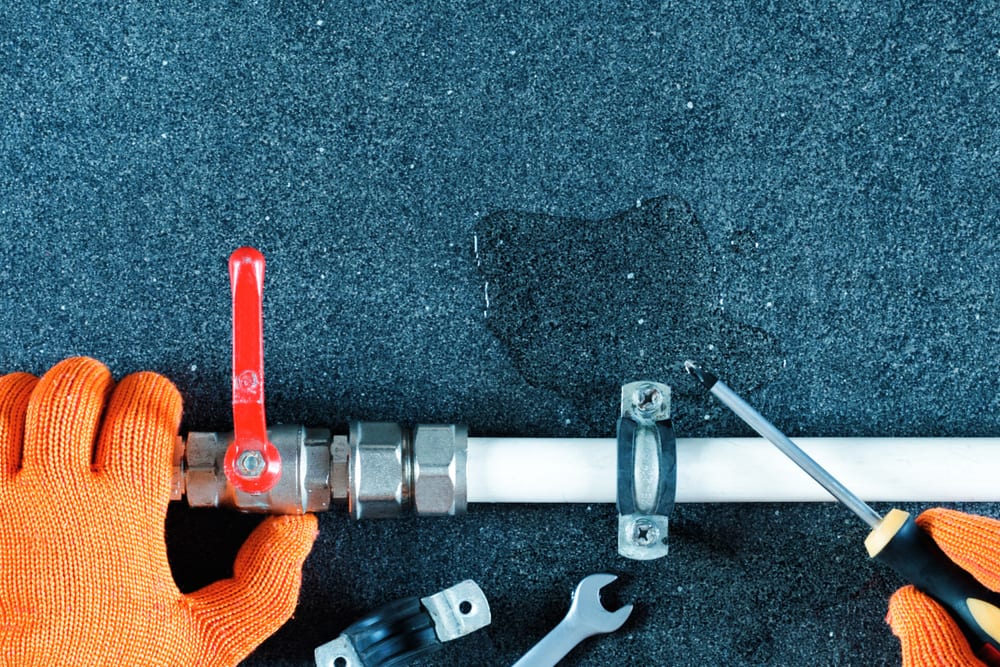6 Ways to Locate Hidden Water Leakages in Your Residence
6 Ways to Locate Hidden Water Leakages in Your Residence
Blog Article
They are making a few great points related to Detecting hidden plumbing leaks in general in this post underneath.

Early detection of leaking water lines can alleviate a possible calamity. Apart from conserving you money, it will certainly minimize the irritation and stress. The moment you find a leak, calling your plumber for fixings is the most effective solution. However, some small water leaks might not show up. Here are some hacks that help if you can not detect it with your nude eyes.
1. Examine the Water Meter
Examining it is a guaranteed method that helps you find leaks. If it moves, that indicates a fast-moving leakage. This means you may have a sluggish leak that could even be below ground.
2. Check Water Intake
If you detect abrupt changes, despite your consumption being the exact same, it means that you have leakages in your plumbing system. A sudden spike in your costs indicates a fast-moving leakage.
At the same time, a steady rise each month, despite having the same habits, shows you have a sluggish leakage that's also gradually intensifying. Call a plumber to thoroughly check your property, particularly if you really feel a warm location on your flooring with piping underneath.
3. Do a Food Coloring Examination
When it comes to water intake, 30% comes from toilets. If the color in some way infiltrates your bowl during that time without flushing, there's a leakage in between the container as well as bowl.
4. Asses Exterior Lines
Do not neglect to examine your exterior water lines too. Needs to water leak out of the link, you have a loose rubber gasket. One little leak can waste bunches of water and increase your water expense.
5. Evaluate and Examine the Situation
Home owners must make it a behavior to inspect under the sink counters and also inside cabinets for any type of bad odor or mold development. These two red flags suggest a leak so prompt attention is called for. Doing routine evaluations, even bi-annually, can save you from a major problem.
Extra significantly, if you recognize your residence is already old, keep a watchful eye on your heating units, hose pipes, pipes and so on. Check for discolorations as well as weakening as many pipes and devices have a life span. They will certainly also normally deteriorate as a result of damage. Don't wait for it to rise if you believe leaking water lines in your plumbing system. Call an expert plumber as soon as possible so you don't wind up with a horrible mess in your home.
Early detection of leaking water lines can reduce a possible catastrophe. Some little water leakages may not be visible. Inspecting it is a surefire way that assists you discover leaks. One little leakage can lose tons of water as well as increase your water expense.
If you suspect leaking water lines in your plumbing system, do not wait for it to rise.
WARNING SIGNS OF WATER LEAKAGE BEHIND THE WALL
PERSISTENT MUSTY ODORS
As water slowly drips from a leaky pipe inside the wall, flooring and sheetrock stay damp and develop an odor similar to wet cardboard. It generates a musty smell that can help you find hidden leaks.
MOLD IN UNUSUAL AREAS
Mold usually grows in wet areas like kitchens, baths and laundry rooms. If you spot the stuff on walls or baseboards in other rooms of the house, it’s a good indicator of undetected water leaks.
STAINS THAT GROW
When mold thrives around a leaky pipe, it sometimes takes hold on the inside surface of the affected wall. A growing stain on otherwise clean sheetrock is often your sign of a hidden plumbing problem.
PEELING OR BUBBLING WALLPAPER / PAINT
This clue is easy to miss in rooms that don’t get much use. When you see wallpaper separating along seams or paint bubbling or flaking off the wall, blame sheetrock that stays wet because of an undetected leak.
BUCKLED CEILINGS AND STAINED FLOORS
If ceilings or floors in bathrooms, kitchens or laundry areas develop structural problems, don’t rule out constant damp inside the walls. Wet sheetrock can affect adjacent framing, flooring and ceilings.
https://www.servicemasterbyzaba.com/blog/how-to-detect-water-leakage-in-walls/

As an avid reader on Leaking water lines, I assumed sharing that piece of content was worthwhile. Make sure you take the time to promote this write-up if you liked it. Thanks a lot for taking the time to read it.
Report this page